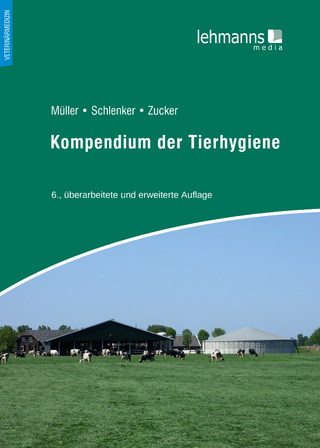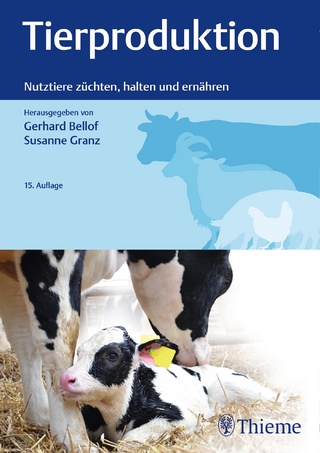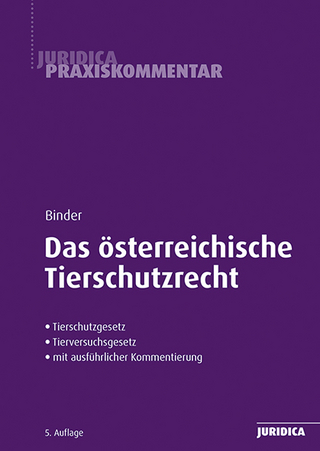
African swine fever prevention, detection and control in resource-limited settings
developing national legal and policy frameworks for pastoral mobility
Seiten
2023
Food & Agriculture Organization of the United Nations (FAO) (Verlag)
978-92-5-138106-9 (ISBN)
Food & Agriculture Organization of the United Nations (FAO) (Verlag)
978-92-5-138106-9 (ISBN)
African swine fever (ASF) has caused severe losses across Africa, Eurasia and most recently the Caribbean. Designed primarily for places where ASF is endemic with few or no prospects of eliminating the disease and places at high risk of incursion, this booklet provides guidance on prevention, detection and control of ASF resource limited settings.
This booklet provides guidance on prevention, detection and control of African swine fever (ASF) in resource-limited settings. It is designed primarily for places where ASF is endemic with few or no prospects of eliminating the disease, and places at high risk of incursion. The guide is divided into five sections. The first covers key aspects of the disease that can be exploited when developing prevention and control programmes, even when resources are limited. The next three sections provide suggestions on simple, low-cost measures for ASF prevention, early warning and detection, and control that have been shown to work in these settings. The last section considers ways that communities can work together to manage ASF, as well as the role of public-private partnerships in this process.Animal health is not just the responsibility of government veterinary services or individual producers. It also involves local communities, feed suppliers, pig traders and processors, and animal health workers at community level. By working together, with the help of the knowledge contained in this guide, we can ensure that the devastation caused by ASF can be minimized, even in places where resources to prevent and control the disease are scarce
This booklet provides guidance on prevention, detection and control of African swine fever (ASF) in resource-limited settings. It is designed primarily for places where ASF is endemic with few or no prospects of eliminating the disease, and places at high risk of incursion. The guide is divided into five sections. The first covers key aspects of the disease that can be exploited when developing prevention and control programmes, even when resources are limited. The next three sections provide suggestions on simple, low-cost measures for ASF prevention, early warning and detection, and control that have been shown to work in these settings. The last section considers ways that communities can work together to manage ASF, as well as the role of public-private partnerships in this process.Animal health is not just the responsibility of government veterinary services or individual producers. It also involves local communities, feed suppliers, pig traders and processors, and animal health workers at community level. By working together, with the help of the knowledge contained in this guide, we can ensure that the devastation caused by ASF can be minimized, even in places where resources to prevent and control the disease are scarce
| Erscheinungsdatum | 03.01.2024 |
|---|---|
| Reihe/Serie | FAO animal production and health guidelines |
| Zusatzinfo | col. ill |
| Verlagsort | Rome |
| Sprache | englisch |
| Themenwelt | Recht / Steuern ► EU / Internationales Recht |
| Veterinärmedizin ► Allgemein ► Fleischhygiene / Lebensmittelkunde | |
| Weitere Fachgebiete ► Land- / Forstwirtschaft / Fischerei | |
| ISBN-10 | 92-5-138106-2 / 9251381062 |
| ISBN-13 | 978-92-5-138106-9 / 9789251381069 |
| Zustand | Neuware |
| Informationen gemäß Produktsicherheitsverordnung (GPSR) | |
| Haben Sie eine Frage zum Produkt? |
Mehr entdecken
aus dem Bereich
aus dem Bereich
Zucht, Haltung und Ernährung landwirtschaftlicher Nutztiere
Buch | Hardcover (2018)
Enke (Verlag)
101,00 €
Tierschutzgesetz und Tierversuchsgesetz 2012 mit ausführlicher …
Buch (2024)
MANZ Verlag Wien
94,00 €


